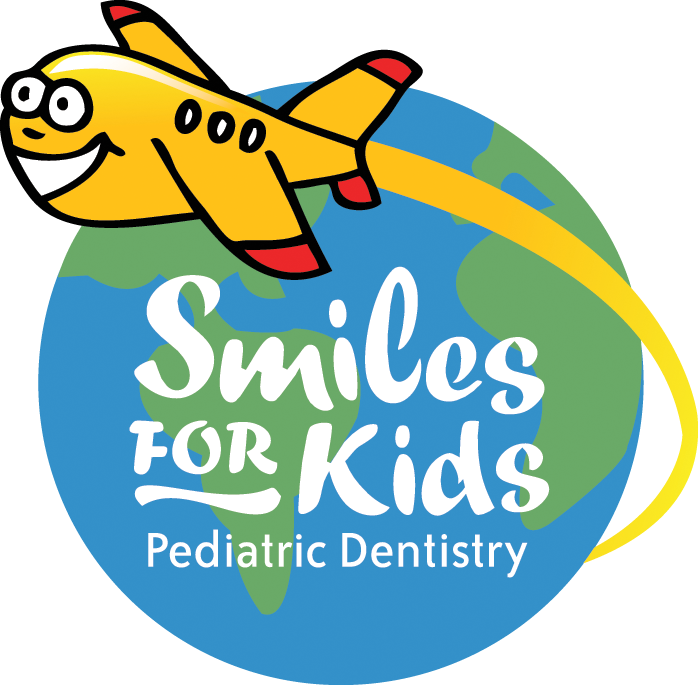One of Two Phases of Braces
/It’s a common sight these days to see eight or nine-year-old smiles adorned with braces. As pediatric dentists we encounter many questions from parents and healthcare providers on when kids need to get braces and why. Some families are in a hurry to start orthodontics as soon as possible, while others want to hold off as long as they can. The right path of action depends on multiple factors of growth and development and we are here to guide you through them during regular six-month dental checkups.
Orthodontic treatment of our pediatric patients is not a “cookie cutter” experience. Pediatric dentists follow growth and development of jaws, teeth, and oral structures from the youngest years to determine the appropriate time for orthodontic intervention. Most kids do not need braces until around twelve years of age, when all of their baby teeth have been replaced by permanent teeth. At that time, orthodontists will often put in a full set of finite braces and call it “Phase 2” treatment.
However, some kids need help with growth and development of jaws. At the time when front baby teeth wiggle out and permanent ones grow in (around seven years of age), we evaluate symmetry of the jaws, size of teeth and bone, relationship and shape of upper and lower jaws, as well as soft tissues of oral structures. We know that some kids will do great growing on their own, but some will need a little help during the next few years before the rest of the adult teeth come in. If we feel that your little one needs assistance, we will either do simple orthodontic procedures ourselves (such as expanders of the upper jaw) or more likely send you to an orthodontist for an evaluation of what we call “Phase 1” orthodontic treatment.
This first phase of orthodontics is usually shorter and involves procedures that line up baby teeth to allow for better eruption of permanent teeth, expand jaws to fit all permanent teeth in, or guide jaws into better positioning for future growth. This phase usually takes less than one year and sometimes involves brackets, but other times only dental and orthodontic appliances such as spacers and expanders. In some instances, orthodontists will follow kids from that age on with periodic recommendations to the pediatric dentists to extract certain baby or permanent teeth or simply just waiting for more growth and permanent teeth development.
Your orthodontist will only recommend phase 1 treatment if it is absolutely necessary for healthy outcome of lining up teeth and jaws. Many factors in addition to growth and development go into consideration before braces are applied, such as oral hygiene, general dental follow-up, assessment of risk for cavities, cooperation of the patient, insurance reimbursement, and patient’s overall health. So if you see that pre-teen smile sporting braces, please know that a very careful thought process went into putting them on! And as always, please do not hesitate to call us with any questions about braces, alignment or overall growth and development of teeth.
Dr. Lindhorst, Dr. Jadav, and Smiles For Kids Pediatric Dental Team
